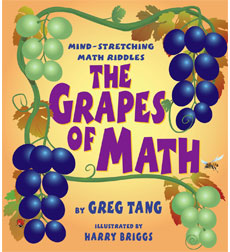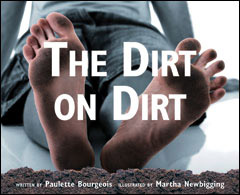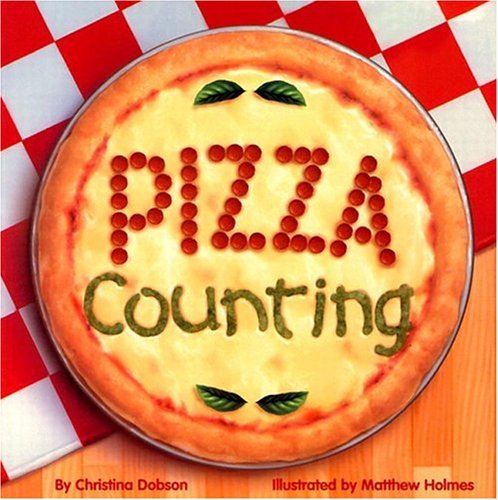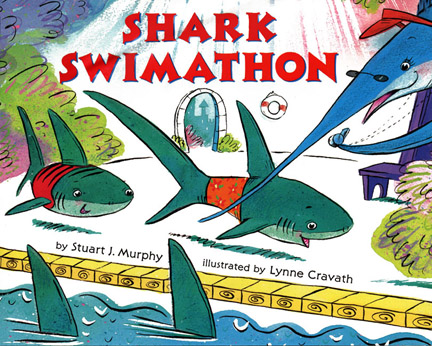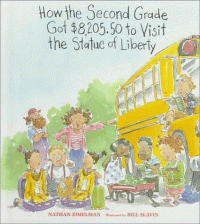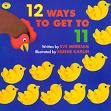My Foundations of Education class has been studying religion in public education. Before we left for break, we spent time considering the evolution debate. This is a topic near and dear to my heart, and one in which I have a hard time buying the “teach all sides” argument, since my undergraduate degree was in biochemistry, and my masters and Ph.D in science education. That said, I do not believe the theory of evolution and my religious beliefs are mutually incompatible. One is faith, the other science, and I don’t believe my faith, or that of anyone else, belongs in a public school classroom.
For students who struggle with the notion of evolution, how it works, what it means, and other aspects, I like to share books that clearly present the science. I’m also interested in having them understand its historical roots. Here are two books I find to be valuable resources in discussing this topic.

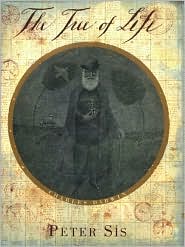
Life on Earth: The Story of Evolution by Steve Jenkins, explores the history of life on earth and Darwin’s revolutionary theory. It includes a timeline of life on earth in which the history of life is compressed into a 24 hour day so that readers can understand just how old our planet is, and for how long we humans have lived on it. The text begins:
The earth is more than 4 1/2 billion years old. For a long time, life couldn’t exist here. The ground was hot enough to melt rocks. There was not liquid water. Comets and asteroids frequently crashed into the surface, and volcanoes erupted constantly, filling the air with poisonous gases.
From here we learn about the first forms of life (microscopic bacteria) and the organisms that sprang up in their wake. Using his highly skilled cut/torn paper collage technique, we meet early sea life, plants, a T. Rex, other animals which are now extinct, and finally get a look at early man. The next page shows a small ground-level reptile, a larger reptile walking on its hind legs, a large bird on the ground, and lastly, a bird in flight. Beneath this sequence is the question, “Why have so many different forms of life development on earth?” From here, Jenkins launches into an introduction to Darwin and the theory of evolution. The text is packed with information, elucidated in meaningful ways by the illustrations. When describing survival of the fittest, 10 frogs appear on a page in which their strengths and weaknesses are described, and the mechanism by which they pass on their strongest traits is highlighted.
Overall, this is a gorgeous text that provides a strong introduction to the theory of evolution.
While Jenkins’ book provides a brief introduction to Darwin, The Tree of Life: A Book Depicting the Life of Charles Darwin: Naturalist, Geologist & Thinker by Peter SÃs provides a more intimate look at the man. Who was Charles Darwin? We know him today as a naturalist, geologist, and the father of modern evolutionary biology. But did you know that Charles Darwin was a man who always regretted not learning how to draw? Even though he did not fancy himself an artist, he took “dense and vivid” written notes of all he observed. From these notes, Peter SÃs has created a book of intricately drawn pen-and-ink and watercolor illustrations that depict Darwin's life as he developed his theories about the origins of life and natural selection. In what may be one of the best nonfiction introductions EVER, this book begins:
Charles Darwin opens his eyes for the first time! He has no idea that he will (a) start a revolution when he grows up, (b) sail around the world on a five-year voyage, (c) spend many years studying nature, and (d) write a book that will change the world. Luckily, he is unaware that (e) not everyone will see things his way, and that (f) he himself will have doubts about revealing his grand conclusions. This is his story.
If that introduction doesn’t grab you, then nothing will. From here readers will find tidbits from Darwin's extensive and legendary voyage on the Beagle, notes on Galapagos tortoises, bloodsucking benchuca bugs, Toxodon skeletons, and much more. Perhaps even more interesting is the way the text is set up. Beneath each 3/4 page illustration the text is divided into sections on public life, private life, and secret life. There is much to love about this biography, and much more to learn.
I highly recommend both of these books, particularly for middle school teachers tackling the topic of evolution.
Book: Life on Earth: The Story of Evolution
Author: Steve Jenkins
Publisher: Houghton Mifflin
Publication Date: 2002
Pages: 40 pages
Grades: 4-8
ISBN-10: 0618164766
ISBN-13: 978-0618164769
Source of Book: Personal copy.
Book: The Tree of Life: A Book Depicting the Life of Charles Darwin: Naturalist, Geologist & Thinker
Author: Peter SÃs
Publisher: Farrar, Straus and Giroux
Publication Date: 2003
Pages: 44 pages
Grades: 4-8
ISBN-10: 0374456283
ISBN-13: 978-0374456283
Source of Book: Personal copy.
This post was written for Nonfiction Monday. Head on over to Anastasia Suen's blog and check out all the great posts highlighting nonfiction this week.

